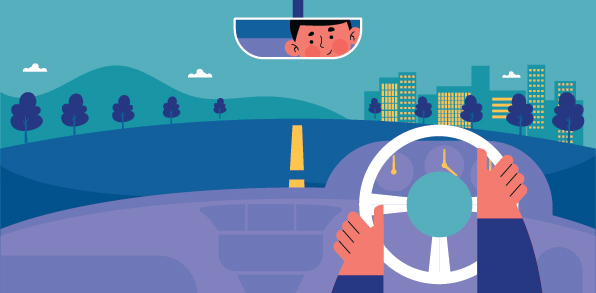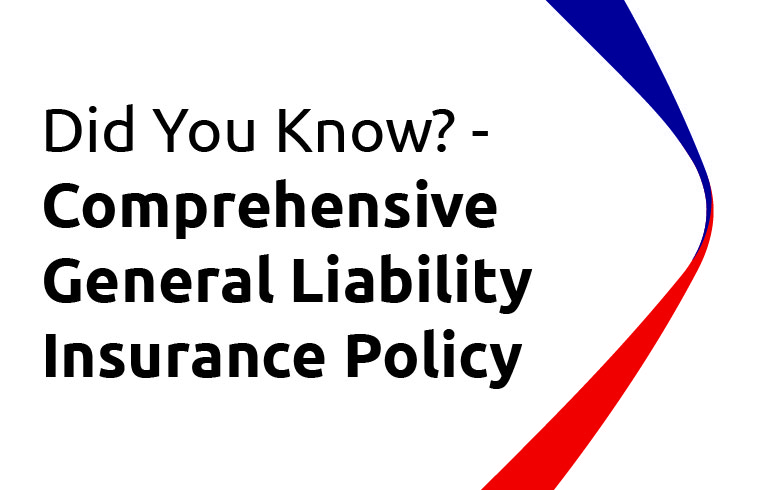Did You Know? Blind Spots and Its Relation with Safety Driving

When facing heavy traffic, especially on the congested streets of big cities, we always have to pay attention to the objects around, to avoid friction on the sides of your car body which can harm both parties. One important thing that needs to pay attention to and affects driving safety is the blind spots.
Blind spots are often overlooked, especially when overtaking other vehicles. This is one of the main factors causing traffic accidents. Therefore, learn the importance of understanding blind spots on cars as part of safe driving on the road. To find out in more detail, here is an explanation of blind spots on vehicles.
Understanding Blind Spots Position
The blind spot is when the driver cannot see an area well and is often referred to as a no-zone area. Blind spots not only apply to car drivers, but motorcycle riders can experience these blind spots because there are not visible or not clear apparent indirectly or through the mirror.
Blind Spots Relationship with Safety Driving
In general, the blind spot is when we cannot see objects around us. Various possibilities can occur when driving and ignoring blind spots, including the danger of traffic accidents.
Five factors that trigger the emergence of blind spots, ranging from the vehicle dimensions, environment, traffic conditions, weather, and cabin loads that accumulate and obstruct the view. The larger the vehicle’s size, the larger the blind spots area.
After knowing what a blind spot is, you may be curious about the ways that can be taken to reduce blind spots when driving. Please find some tips as follow:
- Adjust the rearview mirror before driving. Make sure to check the condition and position of the mirrors are in accordance with your view and comfort.
- You can provide additional glass which can help reduce blind spots when driving.
- Give a sign or warning of danger to other drivers. This marking is intended to prevent accidents due to the blind spots being too high.
- Stay in a safe and open zone, don't be in the gaps between one vehicle and another.
- Pay attention to road conditions.
- Do not overtake from the left side.
- Do not forget to turn on the turn signal or honk the horn when you overtake another vehicle.
If you need further explanation regarding the terms and conditions of the policy, please contact us at 021 - 2523110 and we will be happy to assist you.



